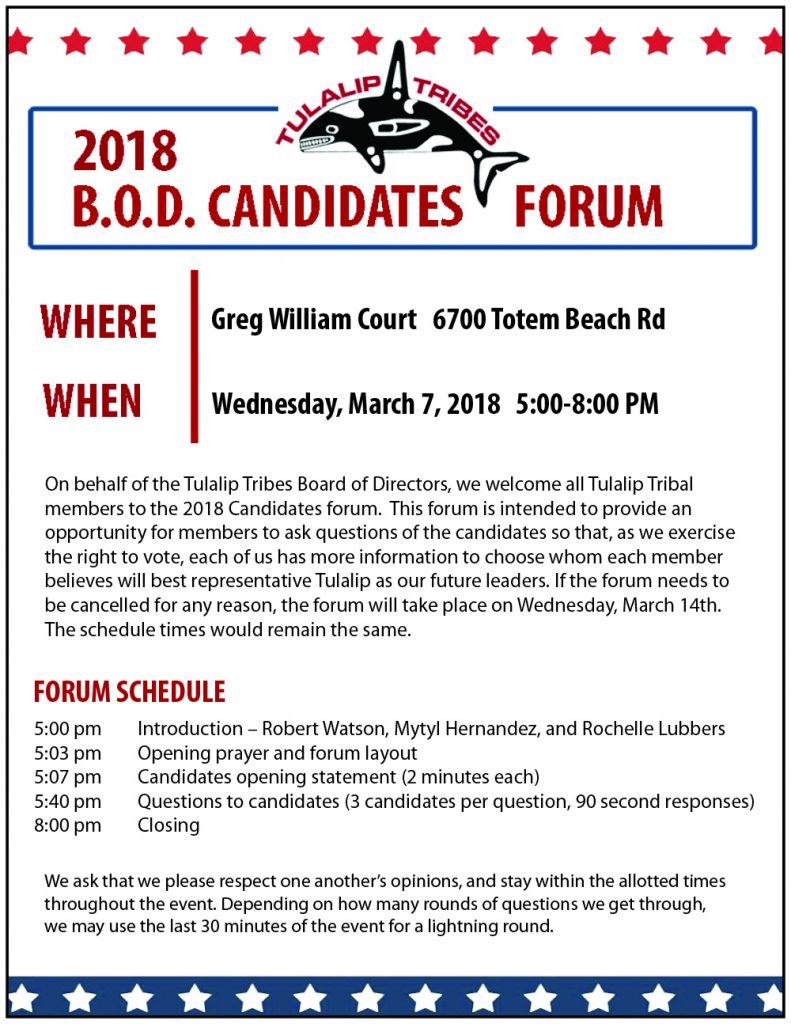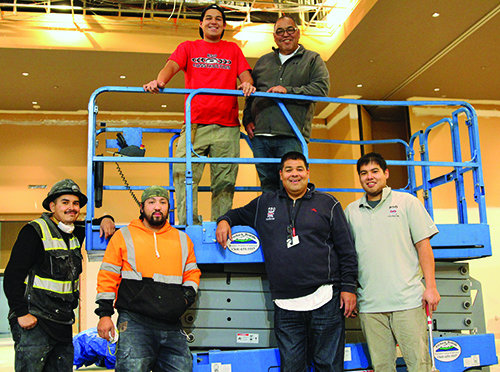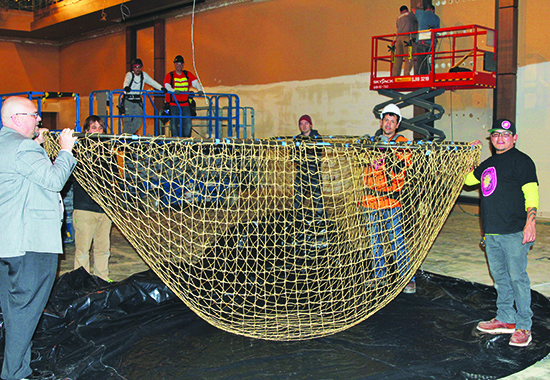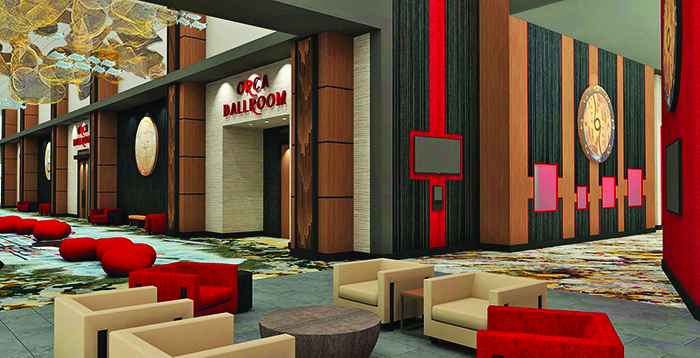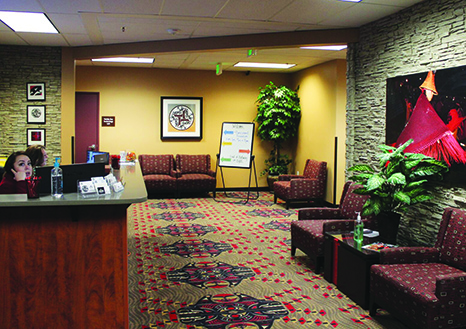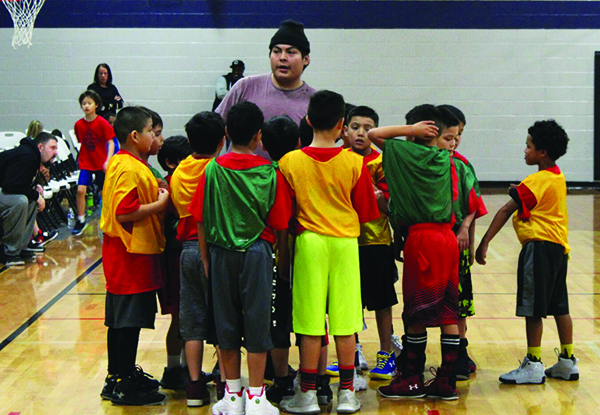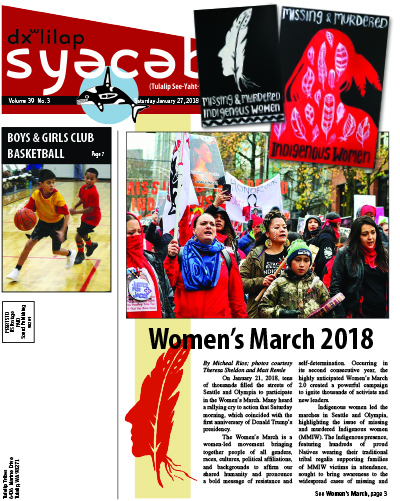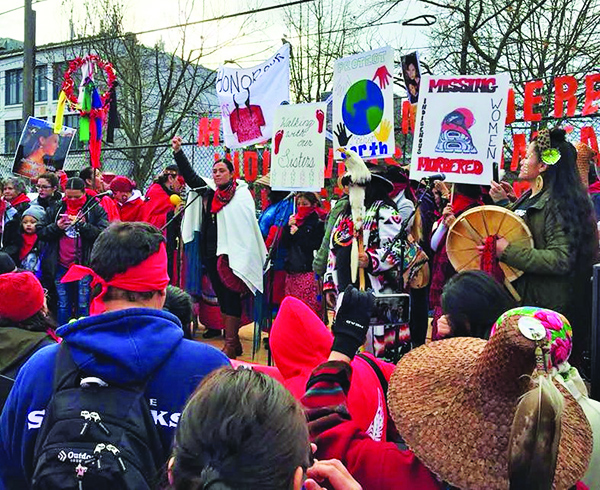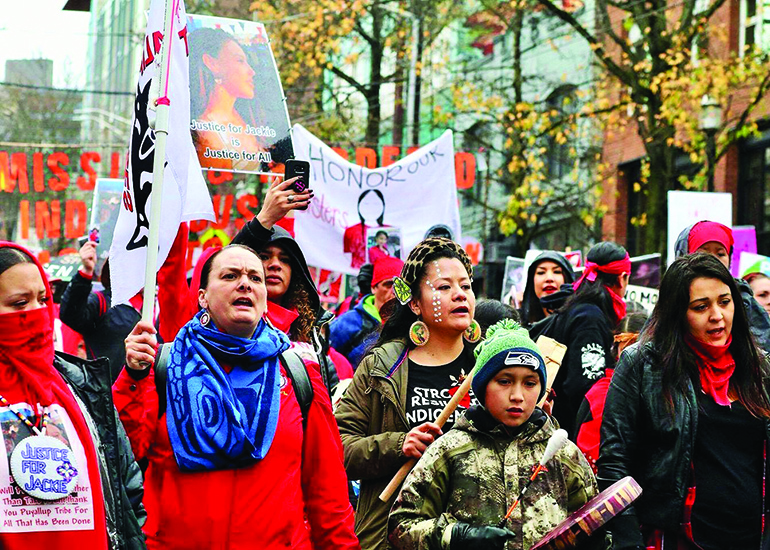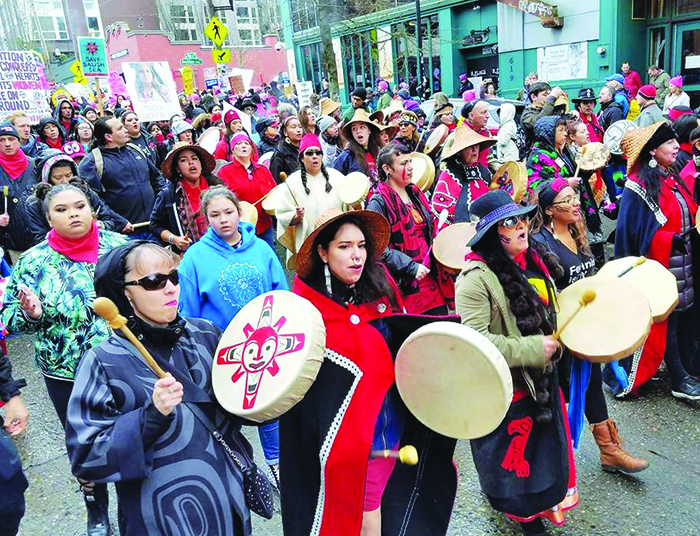Submitted by Jeanne Steffener, Tulalip Tribes Higher ED
Are you wondering if the field of environmental science is the right path of study for you? Here is an important question that you might want to ask yourself: Do you like nature and the outdoors? This is a really important question because as an environmental scientist, you will be spending a lot of time out in nature, observing all the things in nature. Environmental science helps you to really focus on learning all you can about the natural world around you. In the process, you begin analyzing and researching the connections between people and their environment. Studies will also include learning about the eco-system and what we can do keep a balance between humans and living and nonliving things.
At present, there are many important issues we need to address. Among those are global warming, climatic change, management and proper use of resources, air pollution, acid deposits, water and land pollution, reduction of the ozone layer, sustainability of economies, spread of communicable diseases, waste management, hazardous chemical use on health and wildlife and the possible environmental risks associated with the production of genetically engineered organisms. A student who has a passionate concern for nature and the science behind it plus a desire to find solutions to environmental sustainability will find that the experience will be its own reward.
Even though we live in a modern but overly industrialized world, man cannot dismiss his ties to nature. During the course of time that you devote to earning your environmental degree, you will gain a group of skills that will help you when working in the out-of-doors. Definitely, the ability to work well as a team member is an important requirement when realizing that most projects are group centered. Data analysis skills will be gained you spend many years observing nature. Other skills are gained while building the student’s ability to identify, comment on and implement an effective use of data collection gathered during research.
Environmental issues and their solutions usually include social, political and economic aspects that researcher’s become aware of. The environment makes up and influences every aspect of life on earth which indicates that Environmental Science is very important because it teaches us how to conserve the environmentt.
Even if you are unsure about your career plans, studying environmental science can be an exciting pathway for discovery. The job possibilities for someone with a environmental based background are limitless. Please call Higher ED staff at 360-716-4888 or email us at highered@tulaliptribes-nsn.gov for assistance with this educational path.
